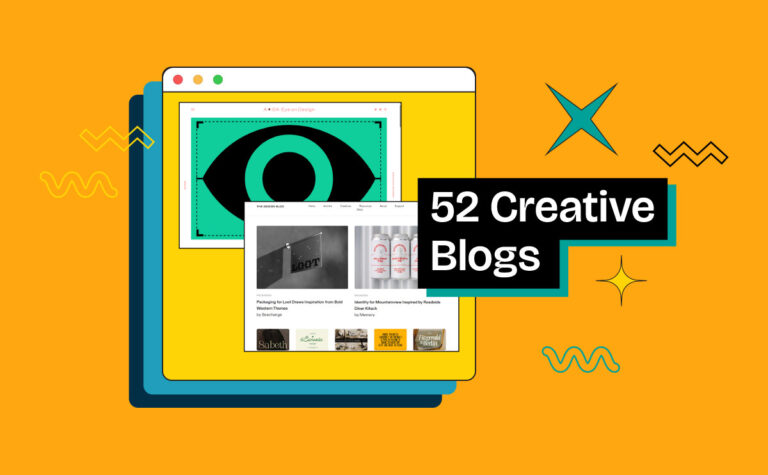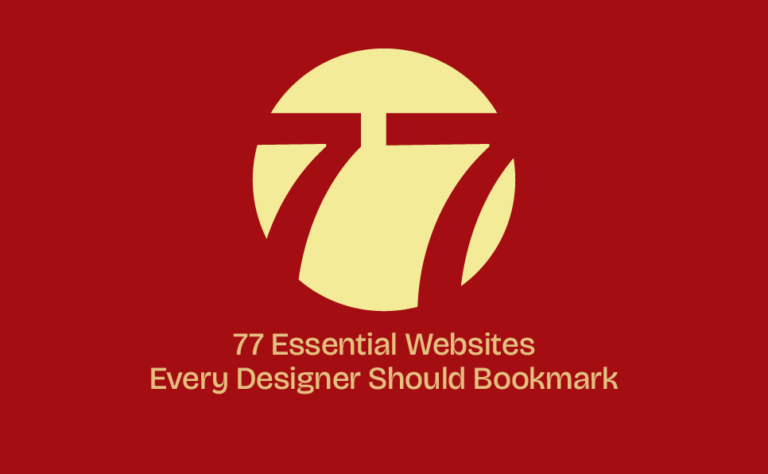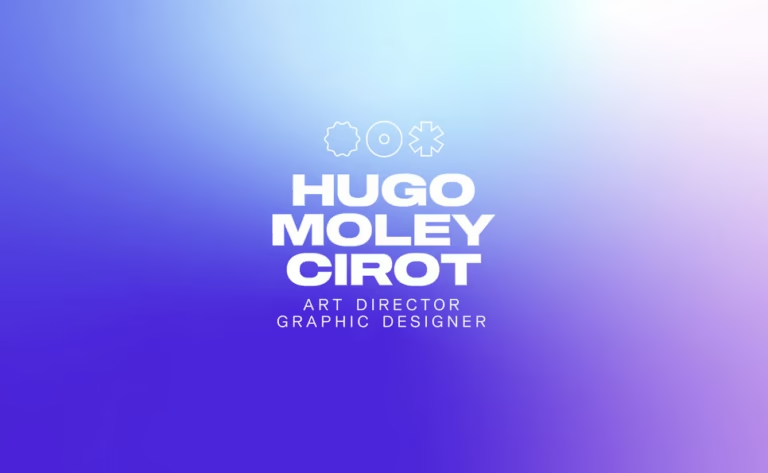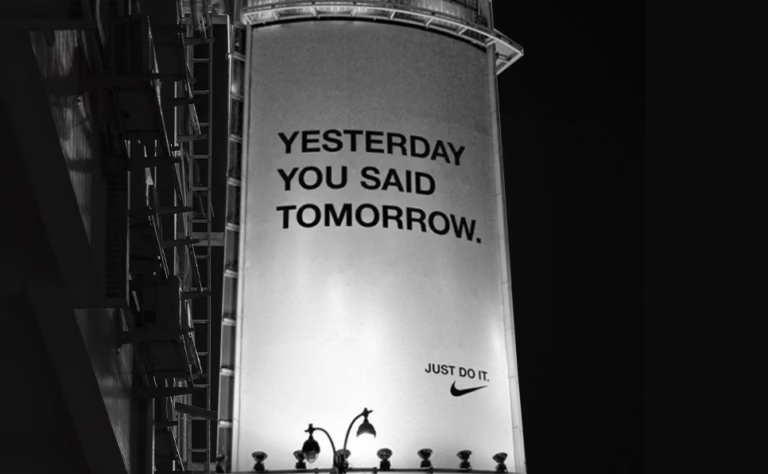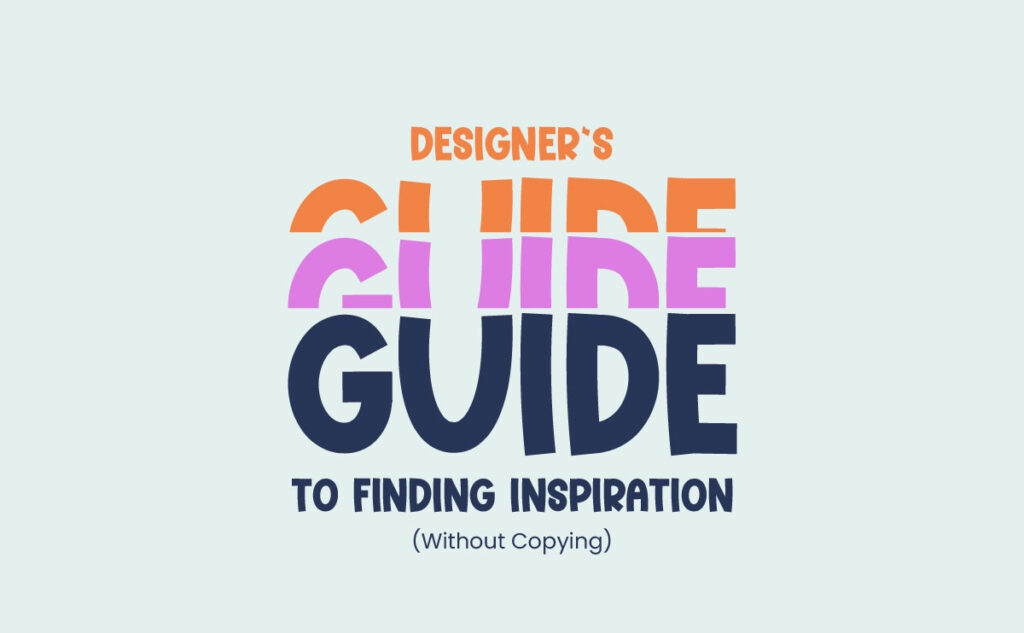
Introduction: Real Design Inspiration Tips That Work
If you’re looking for practical, no-fluff design inspiration tips, you’re not alone. Most designers, whether beginners or pros, struggle with creative blocks and the pressure to stay original.
But here’s the truth: inspiration isn’t a random spark. It’s a skill you can develop with the right habits.
Recently, I asked fellow designers:
Where do you go for inspiration without falling into the trap of copying others?
Their honest answers helped shape this post, which now blends real-world advice with actionable tips to keep your creative fire burning.
Let’s explore how to stay inspired, original, and copy-free.
Loved This?
Check Out These Related Reads
Top Design Inspiration Tips from Real Designers
1. Build Your Own Inspiration Library
One of the top design inspiration tips shared was this: curate your own visual vault. Many designers use Notion, Pinterest, or even their phone gallery to save work from creators who spark ideas. Especially those off the mainstream radar.
Tools to Try:
- Pinterest: For themed boards
- Milanote or Notion: For organized visual systems
- Instagram and screenshots: Sort by style like Typography, UI, Color, Layout
Creating your own source of inspiration means you’re not reacting to trends. You’re building your own.
2. Go Beyond Design Platforms for Fresh Ideas
Many responses mentioned that true inspiration often comes from outside traditional design sources.
Try looking at:
- Colossal – A great platform for art, sculpture, and experimental work
- Architecture & Nature – Shapes, structures, and color harmony
- Film, Music, and Books – Mood, tone, storytelling
- Old Posters & Print Ads – Retro layouts that still hold up
You can even subscribe to unique art newsletters like kottke.org or browse Substack Notes to see what creators outside of design are exploring.
Pro Tip:
The more you look outside of typical design feeds, the more unique your work becomes.
3. Concept Comes First – Not Style
One designer friend pointed out that it’s not just about where you look – but how. Before they even open Behance or Dribbble, they focus on the project goals and target audience.
Ask yourself:
- What message am I trying to communicate?
- Who am I designing for?
- What mood or tone should this convey?
Once you define the concept, inspiration becomes a tool – not a crutch. The result? A design that feels intentional, not imitated.
4. Add Creative Constraints (They Actually Help)
It might sound odd, but one of the best design inspiration tips is to limit yourself. Fewer choices can unlock greater creativity.
Try This:
- Use only 2 colors
- Work with one typeface
- Create a layout in 30 minutes
- No images – just type
Constraints push your brain to problem-solve creatively. Instead of defaulting to safe choices, you’re forced to invent.
5. Share Early and Collaborate
Creative blocks break faster when you’re not designing in isolation. Several designers recommended sharing early drafts, participating in design critique sessions, or joining active communities like Discord groups.
Collaboration Ideas:
- Ask, “How would you solve this layout?”
- Join 1-hour design challenges
- Form mini critique pods
- Participate in Twitter/LinkedIn design threads
Fresh eyes = fresh angles.
6. Revisit Old Work – Yes, Yours!
Sometimes the spark you’re looking for is already in your archive. Dig into your old projects and see what still holds potential.
Try
- Reworking an old logo or layout
- Translating a print design into a web one
- Combining two unfinished ideas into one
Past you had some solid ideas. Present you has better skills. Put them together and watch the magic happen.
7. Consume Like a Designer
This one came up a lot: inspiration is everywhere if you train your eyes to see it. Don’t just scroll – observe.
Observe:
- YouTube title cards
- Movie credit typography
- Billboard layouts
- Packaging in the grocery store
Ask:
Why does this work? What makes it stand out? What would I do differently?
This habit helps you absorb design language subconsciously – and use it creatively.
Conclusion: Your Voice Makes the Difference
Inspiration isn’t about copying. It’s about connecting – your ideas, your vision, your message – with the world around you.
After hearing from so many fellow creatives, one thing became clear: inspiration is a skill you build, not a random moment you wait for.
So next time you feel stuck, zoom out. Look beyond trends. Get curious. And always start with the why behind your work.
You don’t need to copy – you just need to create with clarity.
Bonus Resource
Looking for free tools and templates to fuel your next big idea?
Check out our Free Resource Library on FiveElements — packed with moodboard templates, typography kits, and more design inspiration tips.


